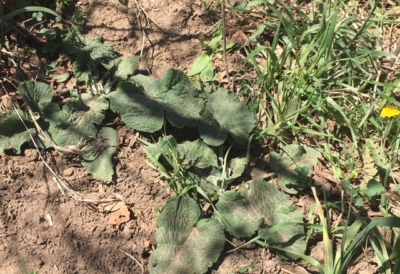Common burdock is one of the most prevalent types of weeds in North America—and even in the world. You can find it in almost all types of soil, as long as the ground hasn’t been disturbed. The 
Herbicides Are Effective
One of the most effective options for common burdock weed control is to lay herbicides down in the areas that commonly get weeds. Glyphosate is one of the best options for common burdock management, but you’ll need to apply it seven days before the planting of the seeds. Getting the timing right is difficult, since the planting can depend on the climate.
There are also post-planting options. It’s worth getting a mixture of both to help prevent the spread and germination of the seeds.
Herbicides are good for reducing the growth of the seeds. If you use frequently during the most common germinating months, you’ll be able to effectively stop the growth and spread of the weeds.
Mowing Can Be Effective
You can defoliate the plants by mowing. This has proven to have some effect in common burdock weed control, since there are fewer seeds to spread around. However, the seeds can disseminate from the plants while you’re mowing. It’s worth mowing before the flowers start to form. This will help to reduce the spread of the seeds in the garden or lawn. You can also use a bag over the head of the flowers and pull the weed out by hand.
Encourage Burdock Moths
Don’t brush away the burdock moths. This is the only species that attacks the plant and will help to naturally manage the growth. The moth will take the seeds from the plant, reducing the amount that can spread throughout the area.
Contact SprayTech for weed management including common burdock weed control. (720)248-0000.

